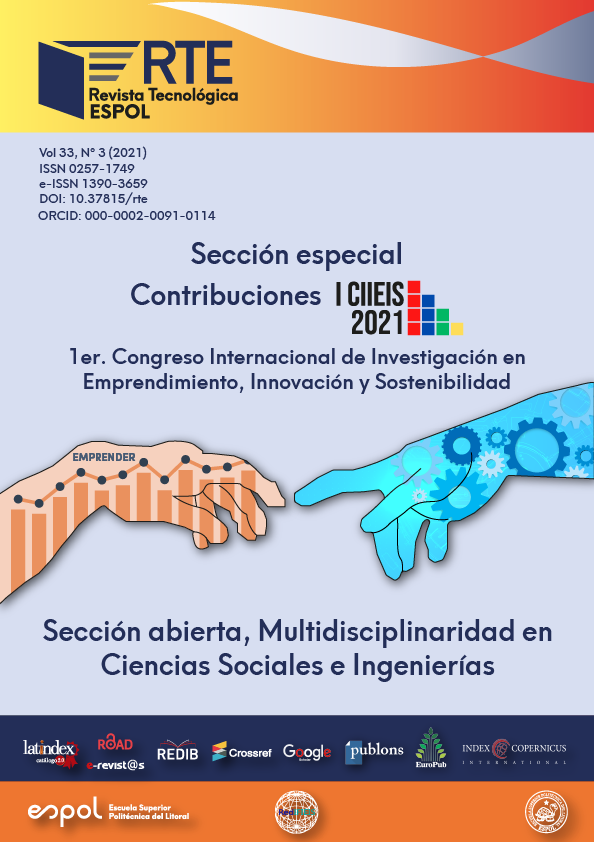Some of the methods employed to find roots of functions in applied mathematics are interactive algorithms, which is a very important field of interest within the discipline because they allow finding solutions using the least number of resources within computational systems. The proposal of these iterative algorithms involves the relationship of different areas of mathematics being algebra, differential calculus, vector calculus, and numerical analysis. This relationship combines the theories of differential calculus and numerical analysis carried out by English mathematicians, such as Newton and Raphson. They proposed the first way to find a root of a function using iterations with the application of algebraic theories of Italian mathematicians, Tartaglia and Cardano, who had previously found the solutions to the roots of a cubic order polynomial. Along the deductive process, the recommended approximations were followed by using the Taylor series. On the other hand, the experimentation process determined repetitive patterns, especially when the starting point is far from the root. This allowed the improvement of the iterative algorithm by identifying the location of the convergence curve. Finally, the iterative equation was generalized for many variables using the deductions of 1 and 2 variables.

This work is licensed under a Creative Commons Attribution-NonCommercial 4.0 International License.
References
Leithold, L. (1998). El Cálculo. México: Oxford University Press.
Artega, J., & Malakhaltsev, M. (2013). Cálculo Vectorial. Mexico: Cengage Learning Editores S.A.
Burden, R., Faires, D., & Burden, A. (2017). Análisis numérico. México: Cengage Learning.
Colley, S. (2012). Vector Calculus. New York: Pearson.
Conte, S. D. (1980). Elementary numerical analysis: algorithmic approach. New York: McGraw-Hill.
Marsden, J., & Tromba, A. (1991). Cálculo vectorial. México DF: Addison-Wesley Iberoamericana.
Taylor, A. E., & Mann, W. R. (1983). Advanced Calculus. New York: Wiley.
Weintraub, S. (1996). Differential forms, a complement to vector calculus. New York: Academic Press.
Ivorra, C. (2020, 10 01). Las fórmulas de Cardano-Ferrari. Retrieved from Universidad de Valencia: https://www.uv.es/ivorra/Libros/Ecuaciones.pdf







